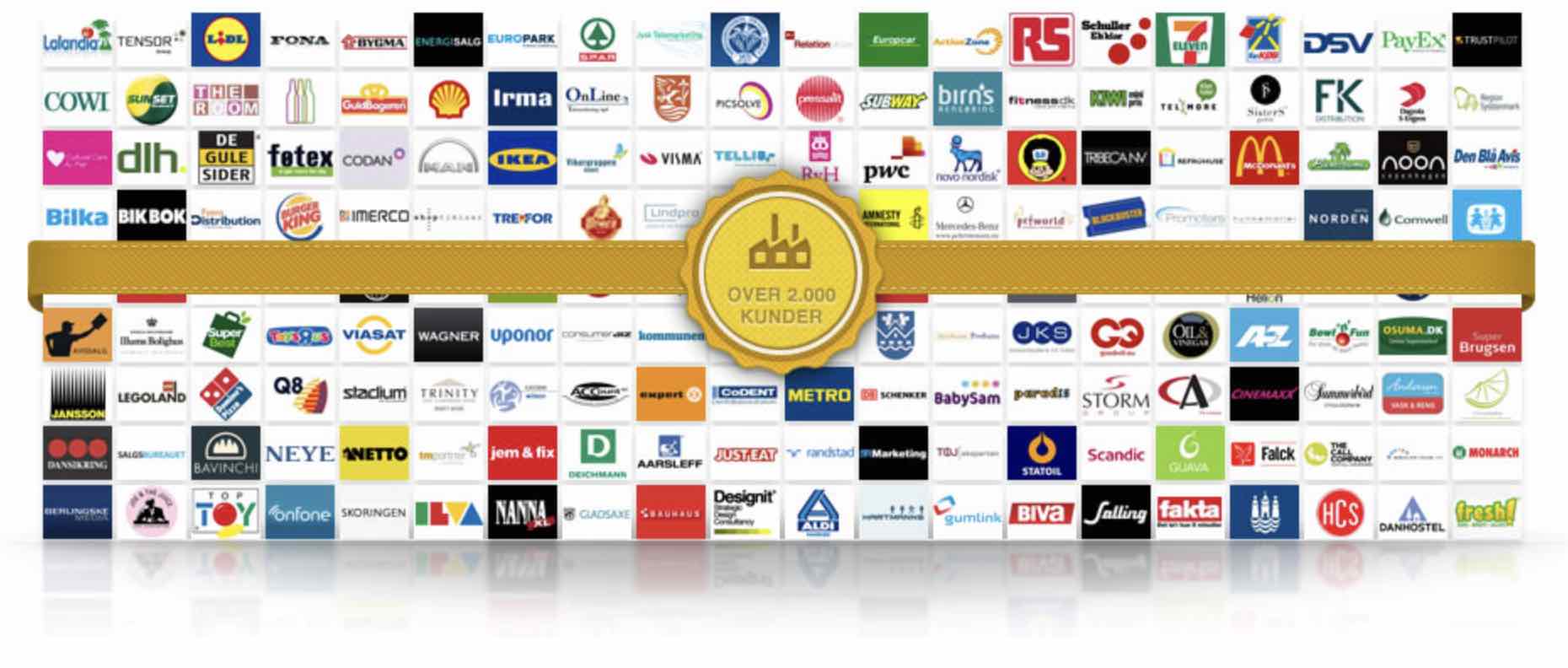At Findjobhub.com we are using cookies

Cookies are necesary to pass you the best user experience of the website. Read more
Your feedback is impotant to us.

Send more 
Reset your password below

Job advert template - Get the best job advertisement example now
Job advert template
How do you make a job advertisement and what should be written in a job advertisement? You can get the answers to that here. Through a modern approach, you get an insight into:
- The structure of a job advertisement
- Formalities
- What can you write and what can't you write?
- Writing style
- How to create a job posting
The good job posting
Preparing a job advertisement can be a time consuming process, but if you follow these instructions, you are well on your way to creating a good job advertisement.
In relation to a job advertisement template, you can use the following structure:
- Heading
- The cuff (the first 3 lines)
- Intro of a maximum of 5 lines
- What does the applicant get?
- What behaviour are you looking for in the master's programme?
- How is the job applied for and how does the application process take place?
- A captivating ending
The following applies to the job posting:
- Each section should have its own subheading. For example, about: The job; The applicant; The company; The application process
- Omit sections that do not add value to the applicant
- Always write the most important thing first
- Link possibly to information on: Personnel policy; The company's values, etc.
We will get back to the writing style itself, but first let's look at the sub elements of the job posting template:
1. The heading for the job advertisement
- The headline must be interesting, relevant and precise
- Include the job title and capture the applicant's interest. Angle the headline so that it appeals to the type of person you want applying for the position. If the job requires creativity, write a creative headline. If it is a bookkeeper, write whether it relates to debit or creditor management. The key word is professionalism and relevance
2. The cuff (also called: Subheading)
- Highlight what makes the job (especially) interesting. Today, applicants are used to swiping, scrolling etc. on social media. You therefore only have a few seconds to capture the applicant's interest
3. The intro
Try asking yourself: If you were an applicant: What would you like to know first?
You probably want to know what type of everyday life you will be working in. Therefore try to describe topics as briefly as possible such as:
- How is the professional and social environment?
- Possibility of home working?
- Highlight your EVP
- Highlight the things that the applicant cannot read on your website
Describe the job and the environment so that the applicant is tempted to read on and ultimately apply for the job.
4. What does the applicant get?
How many times have you seen a headline like: About the job?
Write instead: You get…
It's about the same thing, but 'you get' just seems more progressive.
Describe the attractiveness of the job, without overselling the job's content. The following is written in point form, but feel free to add a few more words in the job posting:
- Assignments
- Responsibility
- Opportunities for competence development and further training
- Salary and working conditions
- Working hours (including flexibility if possible)
- The team in which the new employee will work
- Possibly special conditions (for example travel days)

5. Behaviour of the candidate
Where in the old days you wrote: We expect.... and then a long list of expectations in point form, today you write that section today in a completely different way:
Get the candidate to describe their behaviour in relevant situations. In this example, we are starting with a managerial job:
In your application, we would like to read concrete examples of how:
- You use your education and professionalism on a daily basis
- You tackle critical situations
- Your personality and management style are
- Your team achieves their goals
At the same time, add if there are skills or experience that are 'nice to have'.
6. The application process
Here you can write and possibly invite contact, in order to screen the applicant field in this way:
- Contact information for you (phone and email)
- Application deadline
- Application format (form, online, attachment, video)
- Address of the company
- Interview takes place during the period...
- Type of interview
- Date of first working day
7. The ending
A catchy ending is angled for the type of candidate being sought and urges applicants as to why they should apply for the job.
In relation to best practice in connection with the preparation of job advertisements, it can be mentioned that there are also some rules that must be observed.
What can't I do?

There are some things that you must not do when it comes to job postings.
It appears from Section 2 of the Discrimination Act: That an employer may not discriminate against either employees or applicants for vacant positions.
In practice, this means that you must not discriminate against:
- Age (however, young people under 18 are exempt due to an EU law, where a judgment in the Supreme Court in 2013 confirmed that it is OK for young people under 18 to receive a lower salary)
- Ethnicity
- Gender identity
- Denomination
- Religion
- Sexual orientation
You are welcome to write that the job is targeted to:
- Young people under the age of 18
- Applicants with at least x number of years of experience
- Applicants who have a relevant education
- And if the job requires specific language skills, it is also ok to write in the job posting
If you use video or photos, make sure that you have the rights to them, including that the rights have not expired.
This was the job posting template. Now we are ready to look at the writing style.
Wording in the job posting
To appeal to the applicants, you can use the following advice:
- Avoid clichés such as: Serviceminded, responsible, mature and independent. Because who isn't?
- Use the candidate's perspective: What is important for the candidate to know in order to apply for the job? What will the applicant get from the job?
- Write fluently: Make the applicant's eyes slide down to the next paragraph. Avoid a high lix number, unless it is an academic position
- Write valueadding: Be specific and do not write general descriptions
- It is the applicant who is the customer in your "shop". Why should the customer apply to you and not the competitor?
- Think about the signals you send. "We're busy, so we're looking for..." Who wants to work in a stressful workplace?
- A list of points is readable and good, but refrain from using the points as a "conclusion list". Allow room for the applicant's ideas
- Be specific in your descriptions. The candidates must understand exactly what you expect and what you can offer as an employer
- Use technical terms if relevant to the position or candidate you are applying for
- Avoid filler words: Remove anything that is irrelevant
- Write contemporary. Write in present tense. It appears forwardlooking
- Write informally. Use personal pronouns, especially 'we' and 'you'
In addition to the linguistic tools, you can use visual tools such as:
- Company colours from your website and logo
- An attractive and different layout to capture the interest of applicants
- Video to create storytelling (small stories or anecdotes about the company)
But be careful not to signal that you are “down” with the young The young have a term that describes their parents when they try - but fail - to be down with the young: "Ok boomer", and it is not meant to be flattering.
On the other hand, you can consider writing odd facts about the company to create a personality. You can also choose to write provocative statements like: 'The world can't live without us & we can't live without you!'.
Create job postings
With this walkthrough being an example of a job ad, you are now ready to create your next job posting.
If it exists in your company, you can choose to use a colleague in the HR, communications or marketing department to read your draft of the job posting.
Alternatively, it is actually incredibly easy if you use Findjobhub, for example, where you are right now.
When you create an (employer) profile, you will be guided all the way to the job being online. You simply use the online guide, and in that way automatically get help to get through everything you have read about on this page.
Many other companies also use Findjobhub:
Are you ready? If yes,
Copyright © Ungarbejde.dk ApS. All Rights Reserved
Privacy Policy | Terms & Conditions
